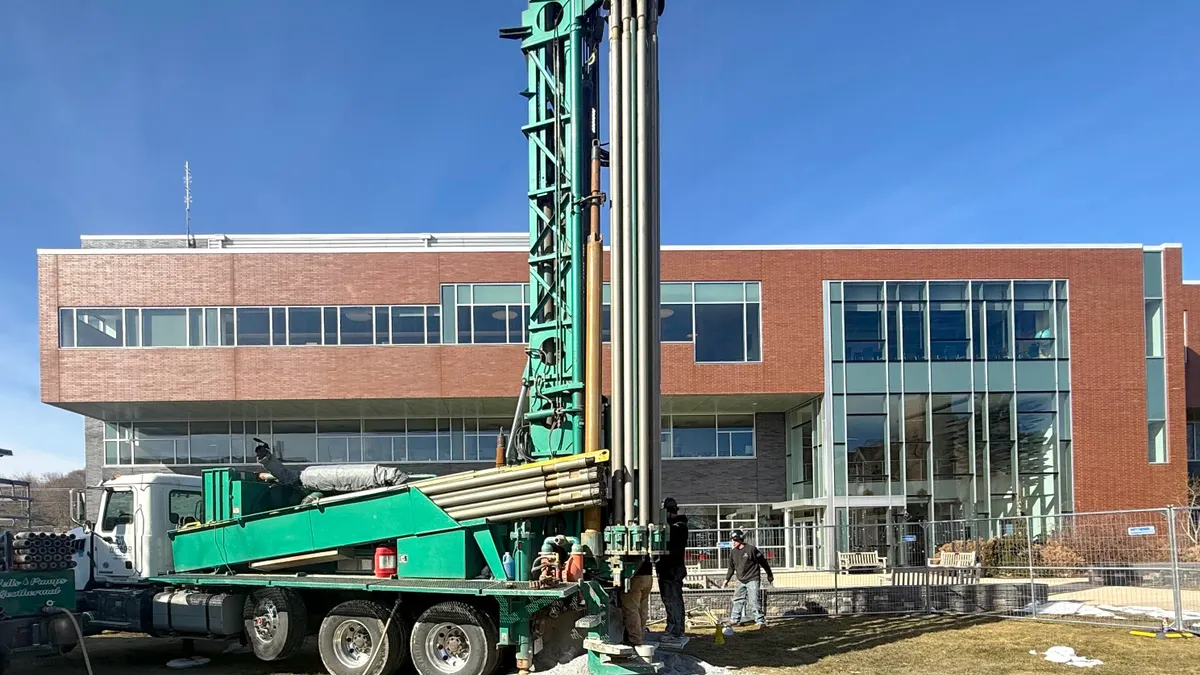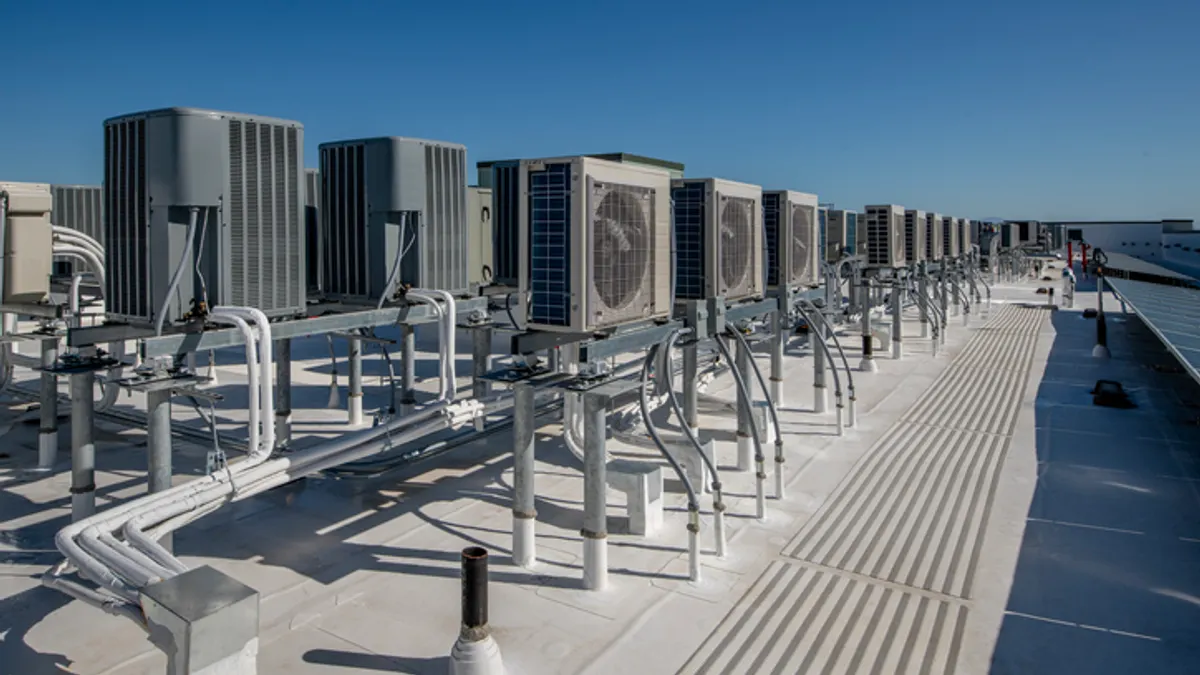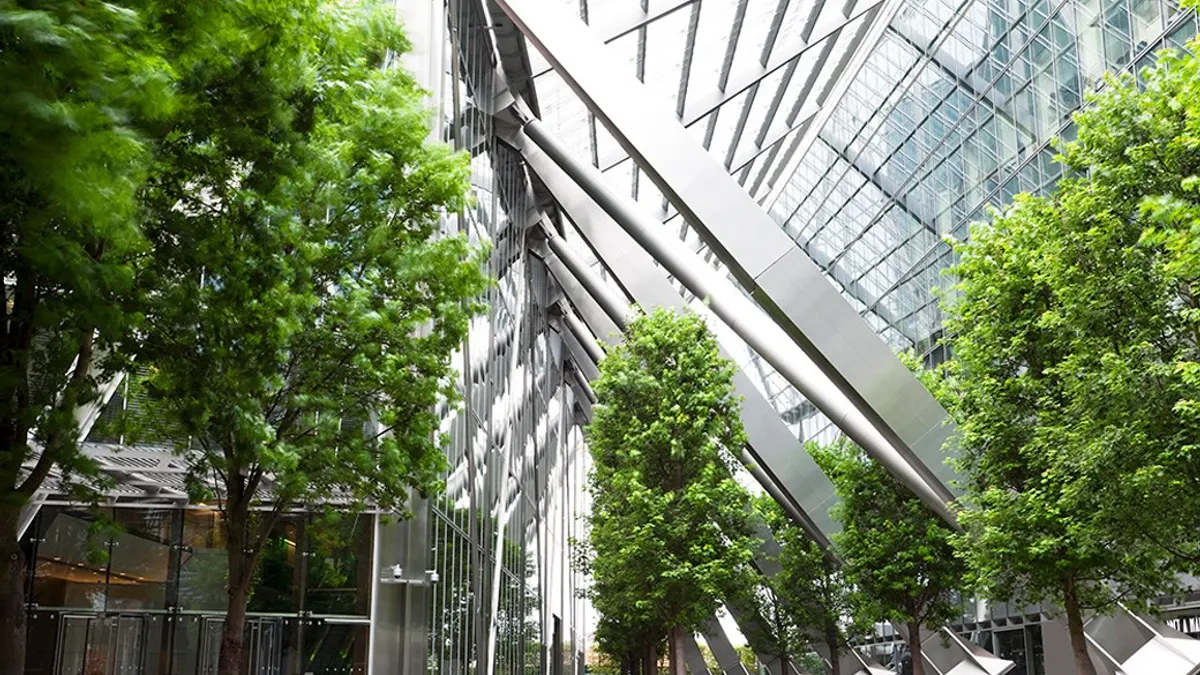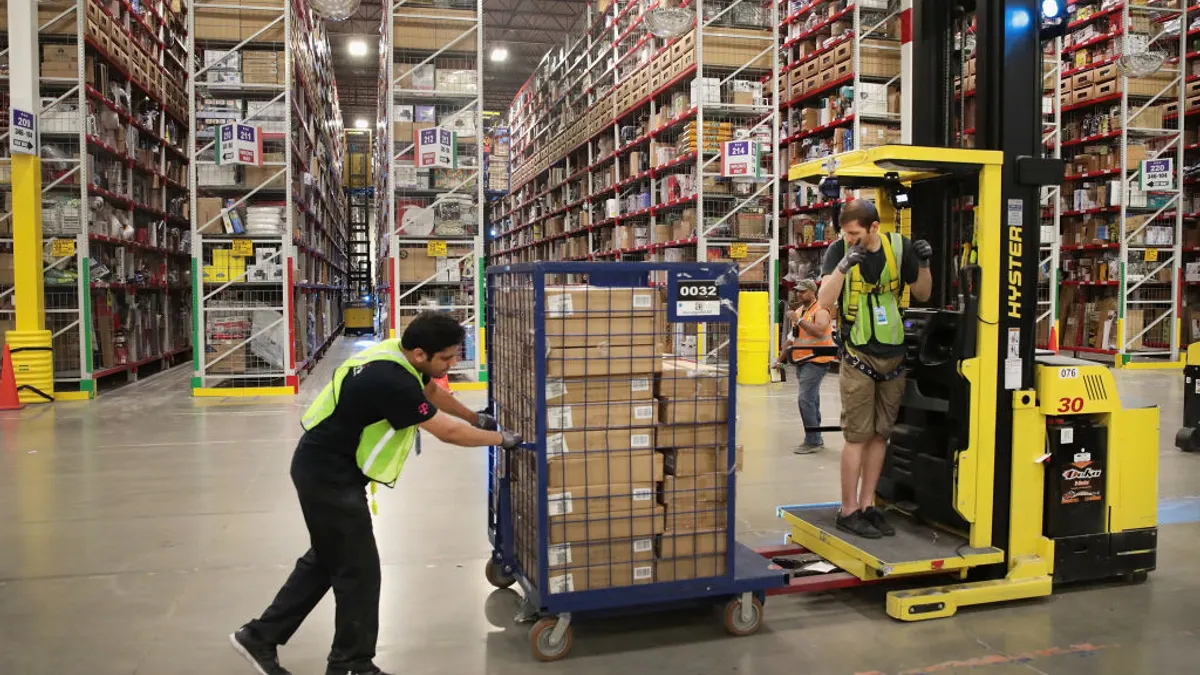Christy Martell is senior vice president at IES, a global climate tech company offering software solutions and consultancy services to decarbonize the built environment. Views are the author’s own.
Buildings are at the heart of the climate challenge. Globally, they account for nearly 40% of energy-related carbon emissions, a share that reflects how we design and construct them and how they operate over time. Decarbonizing the built environment is essential to reaching national and global climate goals, and has the added benefits of reducing operational costs and lowering energy capacity requirements — important considerations as energy costs rise and the grid becomes more capacity constrained.
In the absence of sweeping federal mandates regarding decarbonization, a growing number of cities and states across North America are stepping up by tightening energy codes and implementing performance-based regulations. From Florida to California, New York to Colorado, the trend is clear, even if the path is uneven: local governments, forward-looking investors and tenants are demanding buildings that operate better and do more than meet minimum standards.

For those who operate these buildings and the AEC professionals they work with — architects, engineers and contractors — this creates both a responsibility and a strategic opportunity. Owners and operators are starting to demand more of their buildings, and those who can design and deliver better-performing assets will be best positioned to lead in this new environment.
Compliance isn’t enough
Energy codes have long served as a mechanism for improving building efficiency. But by their nature, codes represent the minimum legal threshold. Many remain prescriptive rather than performance-based, fail to keep pace with emerging technologies and best practices, and take years to be updated and adopted, particularly at the federal or state level.
This lag creates a widening gap between what’s required and what’s achievable. A building that complies on paper may still underperform in reality, especially once occupancy patterns, operational setbacks and real-world climate conditions are taken into account.
Building operators should be able to look to their AEC partners to lead the way. Forward-looking AEC professionals can help their clients bridge that gap through data-driven design, predictive modeling and lifecycle performance analysis that targets outcomes, not just regulatory checklists.
Why going beyond pays off
For building owners and operators, the incentives for exceeding minimum standards are becoming clearer and more urgent.
1. Reduced long-term operating costs
Research from AIA and other bodies consistently shows that high-performance design reduces energy use and, in turn, utility bills. While capital costs may be modestly higher — especially for retrofits or advanced systems — the long-term savings almost always outweigh the upfront investment. Efficient building envelopes, optimized HVAC systems and intelligent controls can dramatically reduce energy intensity, particularly in energy-intensive sectors like healthcare, data centers, higher education, and multifamily housing.
2. Regulatory readiness
Local ordinances are already raising the bar. In New York City, Local Law 97 sets strict carbon caps for large buildings. In Denver, performance targets must be met annually or fines are imposed. Boston now requires decarbonization plans from large building owners.
Crucially, these rules apply not just at the design stage, but to real, measured performance in operation. This means owners are increasingly asking AEC teams: will this asset perform well enough to remain compliant five or ten years down the line?
3. Stronger asset performance
Sustainability has become a business driver. High-performance buildings are leasing faster, retaining tenants longer and attracting premium valuations, especially among progressive, ESG-conscious investors.
Owners want assets that are low-risk, resilient and adaptable. They’re looking to architects, engineers and consultants to help them get there. When a building performs well, everyone benefits: the owner sees better returns, the operator enjoys more predictable maintenance.
Performance-based design: a new standard
To move beyond compliance, building operators should expect AEC professionals to embrace performance-based approaches from the outset. That means using modeling and simulation not just to meet energy targets on paper, but to understand how a building will behave across time, seasons, usage scenarios and evolving climate conditions.
Tools like building performance simulation, whole-lifecycle carbon analysis and digital twins are shifting the industry from a “design-for-code” mindset to a “design-for-outcome” mindset. These tools allow teams to optimize across multiple variables — energy, emissions, comfort, cost — and assess trade-offs with real data.
This approach also improves transparency and alignment with building owners and operators. When design decisions are grounded in data, teams can more confidently manage stakeholder expectations, defend cost-effective choices and ensure that the finished product aligns with long-term goals.
Retrofitting and portfolio strategy
Most of the buildings that will exist in 2050 already exist today. For AEC firms working with institutional clients — universities, real estate trusts, health systems — the retrofit opportunity is substantial.
Building owners that ask their AEC team to help them exceed baseline retrofit standards can unlock deep energy and carbon savings, while also improving occupant experience and extending the useful life of the building. More importantly, retrofits provide an opportunity to align individual building upgrades with broader ESG and capital planning strategies.
Retrofitting doesn’t always mean a wholesale transformation. Small, smart upgrades, timed alongside tenant turnover or maintenance cycles, can be phased in as part of a decarbonization roadmap.
Decarbonization trend Is clear
While federal policy in both the U.S. and Canada remains uneven, the direction of travel is unmistakable: more jurisdictions are pushing for real, measurable reductions in building energy use and carbon emissions. New standards, including the new LEED v5, place greater emphasis on actual performance and whole-lifecycle outcomes.
By working with an AEC team that designs with performance in mind, building owners and operators can connect sustainability with long-term business value.


















